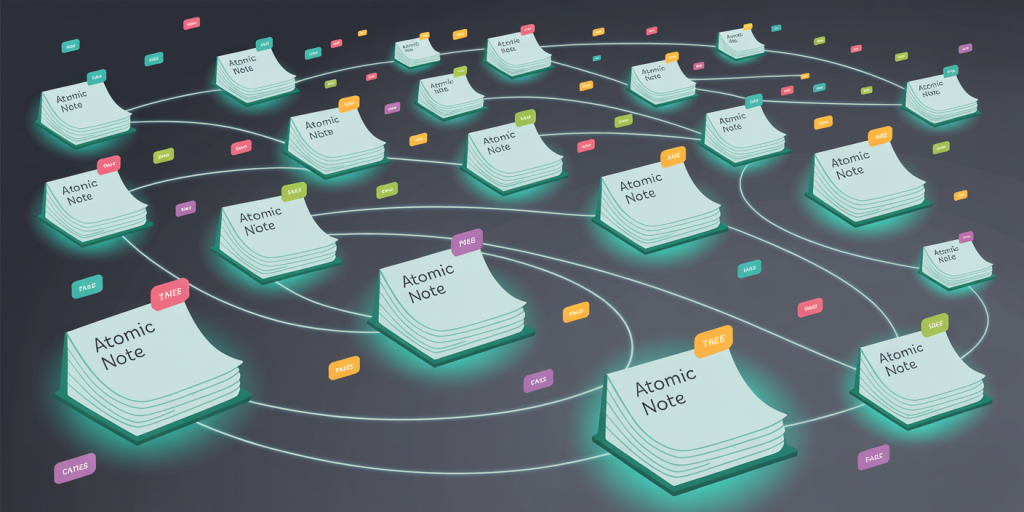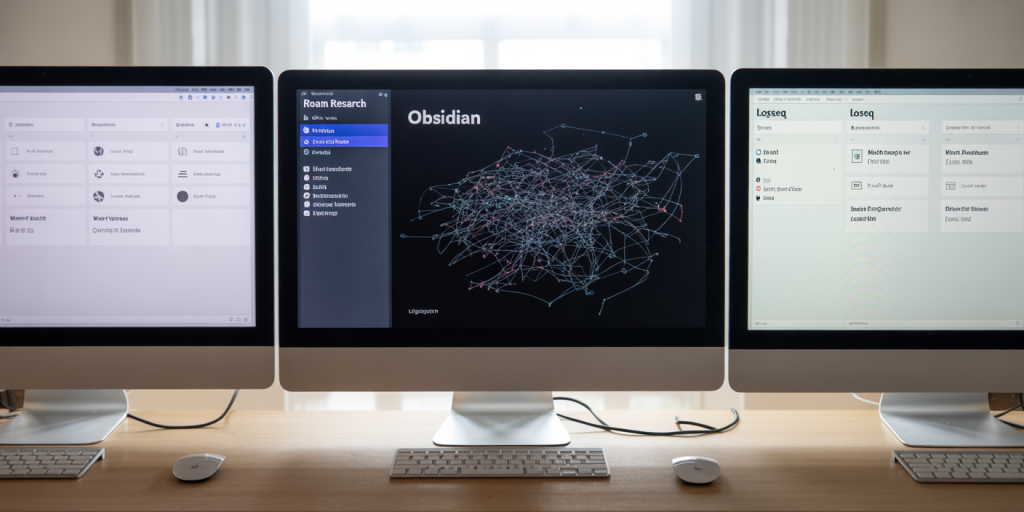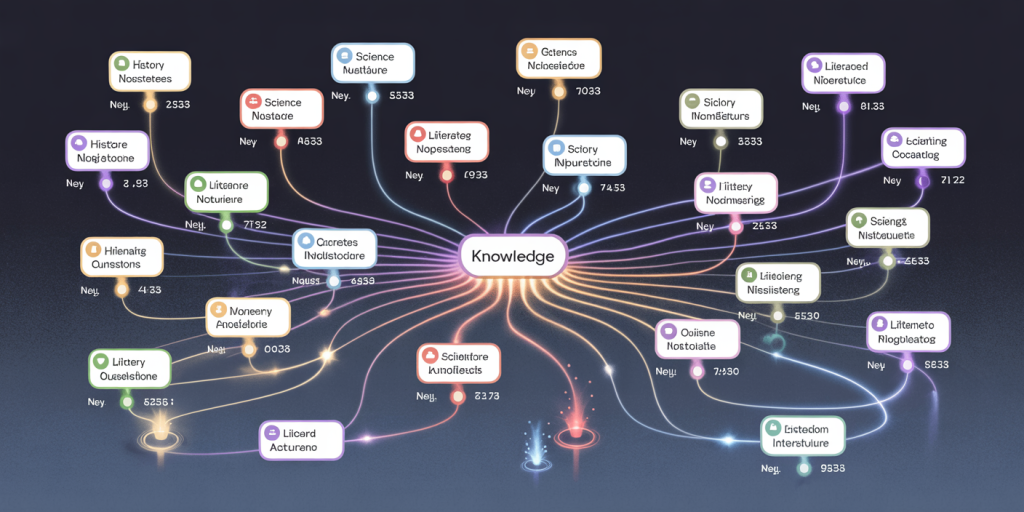How to Build a Zettelkasten-Style Knowledge System Digitally
In an era overwhelmed by information, building an effective knowledge management system is crucial for researchers, students, writers, and professionals. The Zettelkasten method, originally developed by German sociologist Niklas Luhmann, is a proven technique to organize and interlink knowledge through atomic notes. Digital tools have extended its accessibility, allowing users to create dynamic, linked note collections that grow organically over time. This article outlines a comprehensive approach to building a Zettelkasten-style knowledge system digitally, integrating practical strategies, selected software options, and future perspectives to ensure long-term productivity and knowledge retention.
Understanding the Essence of Zettelkasten
The Zettelkasten, which translates to “slip box” in German, is fundamentally a network of notes, each containing a single idea or concept. Luhmann’s method is distinguished by interlinking these atomic notes via unique identifiers or keywords, forming a web of knowledge rather than a linear archive. Unlike traditional note-taking methods, where ideas are siloed or hierarchically categorized, Zettelkasten emphasizes contextual and associative connections.

This decentralized structure mirrors cognitive processes, allowing new information to be integrated smoothly. Studies suggest that linking notes facilitates better comprehension and recall — for example, research by Mueller and Oppenheimer (2014) underlines how structured note-taking enhances learning outcomes. Therefore, the Zettelkasten method not only organizes information but actively supports creative thinking and knowledge synthesis.
Choosing the Right Digital Tools
Selecting the appropriate digital platform is vital for building a sustainable Zettelkasten knowledge system. Some popular applications that support Zettelkasten principles include:
| Software | Key Features | Zettelkasten Functionality | Price |
|---|---|---|---|
| Obsidian | Markdown-based, backlinking | Supports bidirectional links, graph view | Free with optional paid add-ons |
| Roam Research | Networked thought, daily notes | Bidirectional links, easy backlinking | Subscription-based ($15/mo) |
| Logseq | Outliner, Markdown and org-mode | Hierarchical and networked notes | Free and open source |
| Zettlr | Markdown editor with tagging | Tags and links, reference management | Free and open source |
For example, Obsidian has become increasingly popular due to its offline capability and extensive community plugins supporting Zettelkasten workflows. Conversely, Roam Research’s real-time collaboration and daily note linking cater well to iterative writing and knowledge exploration. An informed choice should consider factors such as pricing, user interface preferences, and compatibility with existing workflows.

Setting Up Atomic Notes for Effective Knowledge Capture
In the Zettelkasten workflow, each note should encapsulate one idea or unit of information. This atomic design promotes clarity and flexibility. When you’re building notes digitally, it is essential to avoid cluttering a single note with multiple topics, which can disrupt linking and retrieval.
For instance, if you’re researching productivity techniques, separate notes might include “Pomodoro Technique,” “Time Blocking,” and “Parkinson’s Law.” Each note should be written clearly and concisely, ideally employing Markdown formatting for readability and consistency. This systematic approach transforms a chaotic collection of data into a structured network of knowledge.
Consistent titling conventions also aid in note identification. Consider adopting a scheme that combines descriptive keywords with dates or unique identifiers, such as “2024-06-14_Pomodoro-Technique.” These identifiers facilitate easy linking, searching, and version control. Additionally, embedding relevant tags (e.g., #productivity #time-management) further enriches metadata, making filtering and topic clustering more intuitive.
Linking Notes: Building a Network of Knowledge
The core power of the Zettelkasten lies in how notes interconnect. Links create pathways that mimic human memory, enabling you to traverse ideas instead of skimming isolated entries. When linking notes digitally, bidirectional linking is a game-changer as it automatically creates backlinks, highlighting the contextual relationship between notes.

For example, a note about “Cognitive Load Theory” might link to notes on “Working Memory” and “Instructional Design.” Each link should be purposeful, reflecting an associative or explanatory relationship rather than simple referencing. This approach turns your digital Zettelkasten into a semantic network or a personal wiki.
In practice, after a daily knowledge capture session, review new notes to identify cross-references with existing entries. Over time, the accumulation of these links can be visualized as a graph, displaying clusters and isolated nodes. According to a 2022 survey by the Knowledge Management Institute, users of linked-note systems reported a 35% increase in idea generation and retention compared to linear note-taking methods.
Incorporating Tags and Metadata for Enhanced Retrieval
Tags and metadata complement links by adding a categorical dimension to your notes. While links connect concepts contextually, tags group notes thematically. Combining both strategies optimizes information retrieval, which is critical as your Zettelkasten grows into hundreds or thousands of notes.
Metadata can include creation dates, source references, status flags (e.g., #draft, #final), or project-specific labels. For example, in a note discussing “Machine Learning,” you might add tags such as #AI, #statistics, and #2024ResearchProject. Tags enable bulk operations like filtering all notes related to a project or theme, saving time and reducing cognitive load.
Not all platforms support tagging equally. Obsidian and Logseq allow robust tagging systems combined with search operators, whereas some note apps may lack efficient metadata controls. When tags and metadata are properly used, users can leverage powerful queries (e.g., find all notes with #biochemistry created after 2023) accelerating research workflows.
Practical Example: Building a Zettelkasten for Academic Research
Consider a graduate student developing a literature review on climate change adaptation strategies. Initially, the student creates notes for individual papers, summarizing key findings, methodologies, and critiques. Instead of storing them in isolated folders, each note is tagged by topic (e.g., #adaptation, #policy) and date of publication.
As the student reads new articles, they link related notes, such as connecting a policy paper to underlying economic models or case studies. These links generate a semantic web representing the nuanced relationships across the literature. Regularly reviewing the network uncovers gaps and inspires new research questions.
Furthermore, integrating citation management tools like Zotero with Zettelkasten platforms enhances accuracy and provenance tracking. Automating citation insertion removes friction from writing and encourages the synthesis of knowledge, not just the accumulation of facts.
Future Perspectives on Digital Zettelkasten Systems
The evolution of digital Zettelkasten systems is closely tied to advances in artificial intelligence, data visualization, and interoperability. AI tools capable of suggesting relevant links or summarizing notes could relieve some manual effort, allowing users to focus on critical thinking rather than mechanical linking.
Additionally, improved visualization tools may render complex note networks more navigable, helping users spot patterns and insights effortlessly. Interoperability standards are also emerging, ensuring that notes created in one app remain accessible and well-structured across platforms and machines.
As hybrid knowledge workflows evolve, integrating Zettelkasten systems with collaborative platforms and cloud-based storage will enable knowledge communities rather than isolated individuals to co-create and develop ideas collectively while preserving the method’s core principles.
Digital Zettelkasten systems will increasingly become essential for knowledge workers aiming to manage complexity, accelerate learning, and foster innovation—key advantages in a future where information overload remains a central challenge.
—
By applying these guidelines and leveraging current technological tools, creating an effective digital Zettelkasten knowledge system is achievable and scalable. The focus on atomic notes, interconnectedness, metadata enrichment, and continuous review aligns with cognitive science principles and addresses contemporary information management challenges. Whether you are a student, researcher, or professional, adopting this methodology digitally will elevate how you capture, process, and generate new knowledge.
